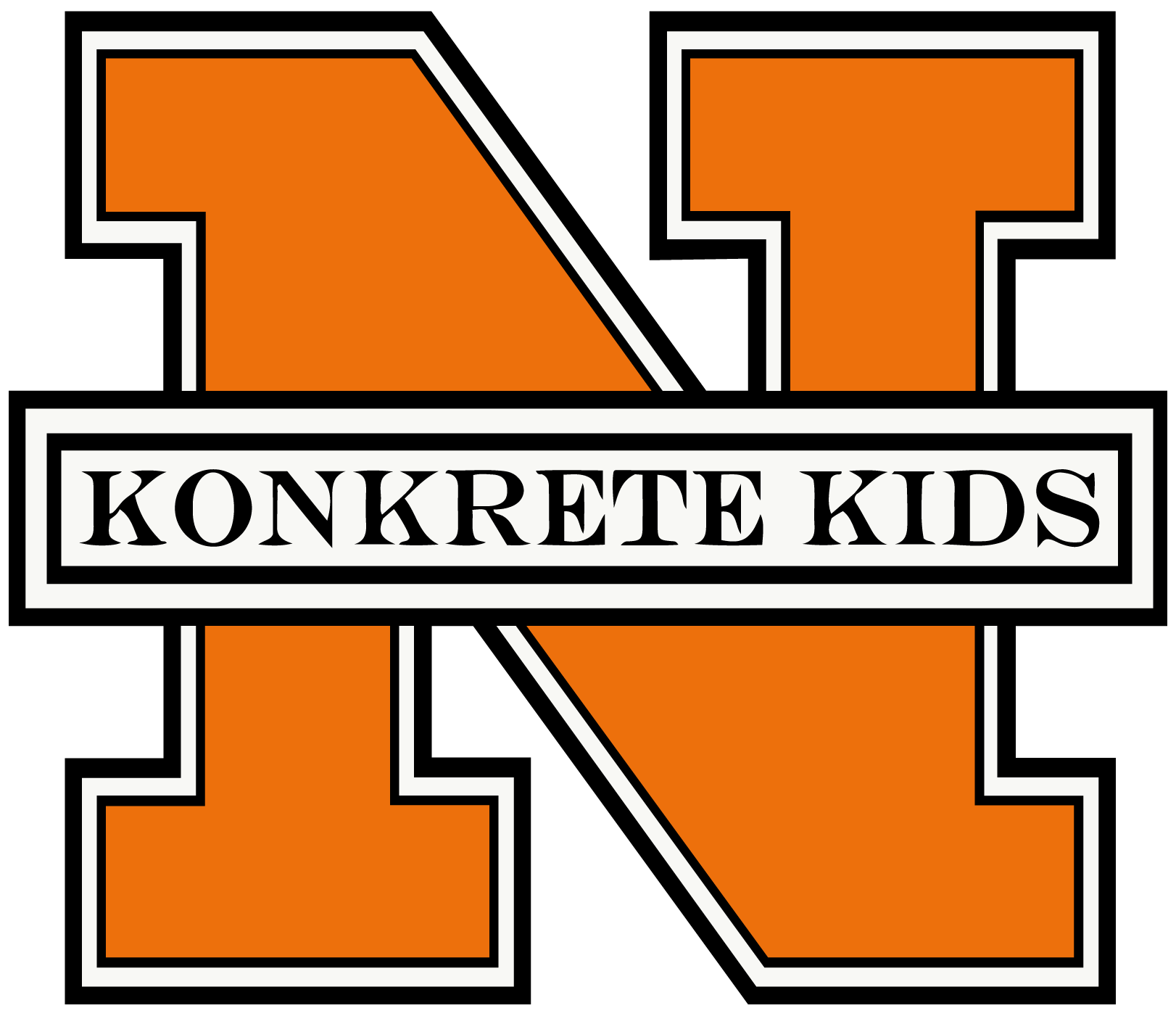Sub Tips
Classroom Management: Firm & Fair
Two key attributes of successful teachers are firmness and fairness. Your ability to emulate these qualities will have a significant impact on the behaviors students exhibit in your classroom. Students respect and respond well to teachers who demonstrate that they are not easily swayed by student pleas or protests and who treat all students the same regardless of ability, personality, or past experience. While no step-by-step instructions exist for being firm and fair in the classroom, here are some suggestions for these two areas.
Be Firm
The ability to be firm is directly related to establishing realistic expectations and consequences. It involves saying what you mean, and meaning what you say. When expectations are not met, consequences must be enforced. The quickest way to throw firmness out the window is to make unrealistic expectations (e.g. the classroom is to be silent for the rest of the hour), or threaten consequences that cannot be carried out (e.g. I'll get your parents to come sit with you). Be realistic in what you expect and don't make threats you can't (or shouldn't) carry out.
Be Fair
Being fair as a teacher has two different components. First, you need to be fair in your interactions with different students. You can't enforce consequences for misbehavior with one student and overlook a similar behavior of another student. Second, you need to be fair to the class as a whole. Your expectations and associated consequences should be communicated before any activity. Making up the rules and consequences as you go isn't fair. Students need to know what you expect and what the consequences will be so they can make informed choices regarding their behavior.
Related Links
https://stedi.org
103 Tips for Substitute Teachers
